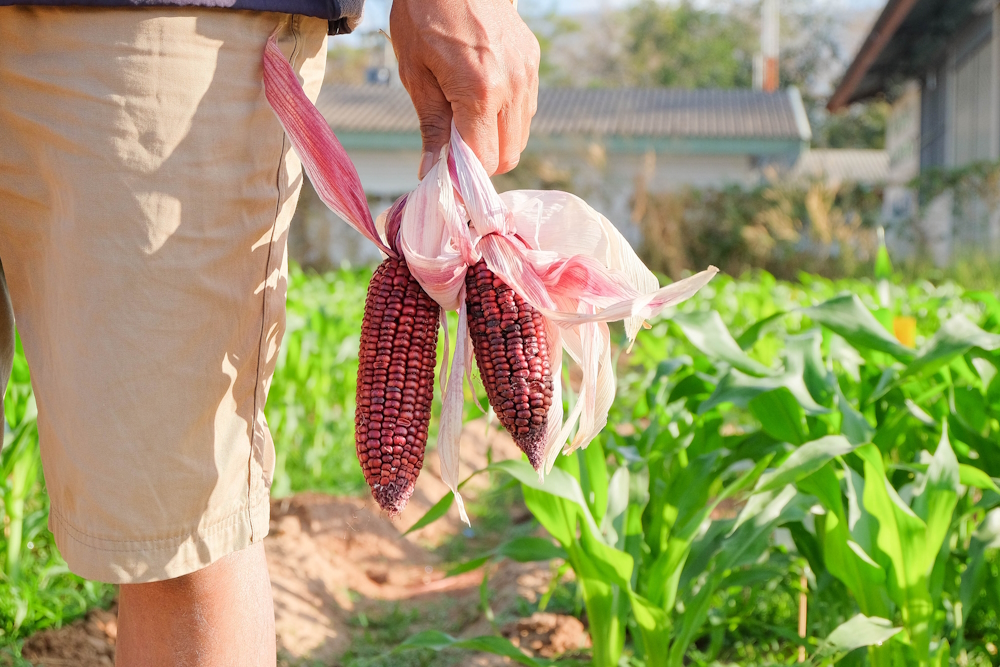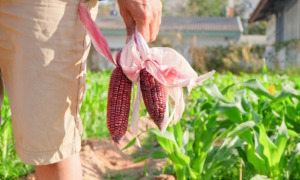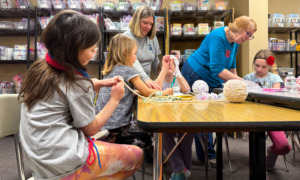Indigenous students enrolled in schools run by the Bureau of Indian Education (BIE) will have access to more comprehensive, culturally relevant agricultural training and education as part of a new partnership the BIE established with the c (NAAF).
Lessons will focus on topics such as origins, leadership, and plant science within Indigenous communities.
“This partnership furthers BIE’s commitment to provide a high-quality, culturally relevant education while empowering Native communities and paving the way for a brighter future in Indigenous agriculture,” Assistant Secretary for Indian Affairs Bryan Newland said in a press release.
NAAF is a private, charitable trust created by the settlement of the class-action lawsuit Keepseagle v. Vilsack, according to its website. NAAF provides grants to eligible organizations for business assistance, agricultural education, technical support, and advocacy services that support Indigenous farmers and ranchers.
“Agricultural education is a fundamental focus for NAAF, offering a pathway for students, producers, and Native communities to engage in tribal agriculture, sustain food systems, bolster credit and lending opportunities, and support tribal economies,” Native American Agriculture Fund CEO Toni Stanger-McLaughlin said in a press release.
Curriculum includes project-based learning
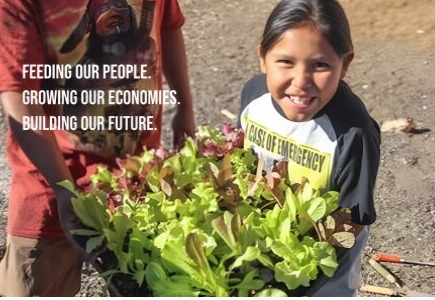
Courtesy NAAF
Native American Agriculture Fund’s slogan: Feeding Our People — Growing Our Economy — Building Our Future
As part of this partnership, the educational resources will explore Native agricultural history as well as modern practices, according to the BIE. The lessons will focus on topics such as origins, leadership, and plant science within Indigenous communities.
“Increasing agricultural education through business and lending experiences, vocational education programs, youth initiatives and outdoor agricultural exposure helps to create increased interest and new opportunities for Native students to develop career pathways in agriculture and related fields,” Newland said.
As part of the partnership, students can participate in project-based learning, according to the BIE. Students will engage with traditional agriculture principles and practices, fostering an understanding of Indigenous agricultural systems.
[Related: Healing the children of Horse Nations]
“This collaborative lifelong agriculture education effort addresses a crucial gap in agricultural education,” Stanger-McLaughlin said. “It aims to empower Native students with education to preserve generational knowledge and sustain holistic agricultural ecosystems.”
This initiative will inspire and empower Native students to become the next generation of leaders in agriculture.
The BIE and NAAF entered into a partnership in June and will launch educational resources at BIE-operated schools in Wingate, New Mexico, near the Navajo Nation and Zuni Pueblo.
NAAF’s sister organization, the Tribal Agriculture Fellowship program, will be leading the collaborative efforts with schools, according to the BIE, and they will be developing and tailoring resources to meet the needs of each school utilizing the educational resource.
“We are thrilled to embark on this journey with BIE schools,” Nicole De Von Jackson, director of the Tribal Agriculture Fellowship program, said in a press release.
“This partnership represents an incredible opportunity to create customized resources that truly reflect each community’s unique needs and strengths,” De Von Jackson added. “We are excited to see how this initiative will inspire and empower Native students to become the next generation of leaders in agriculture.”
Indigenous Food Hubs
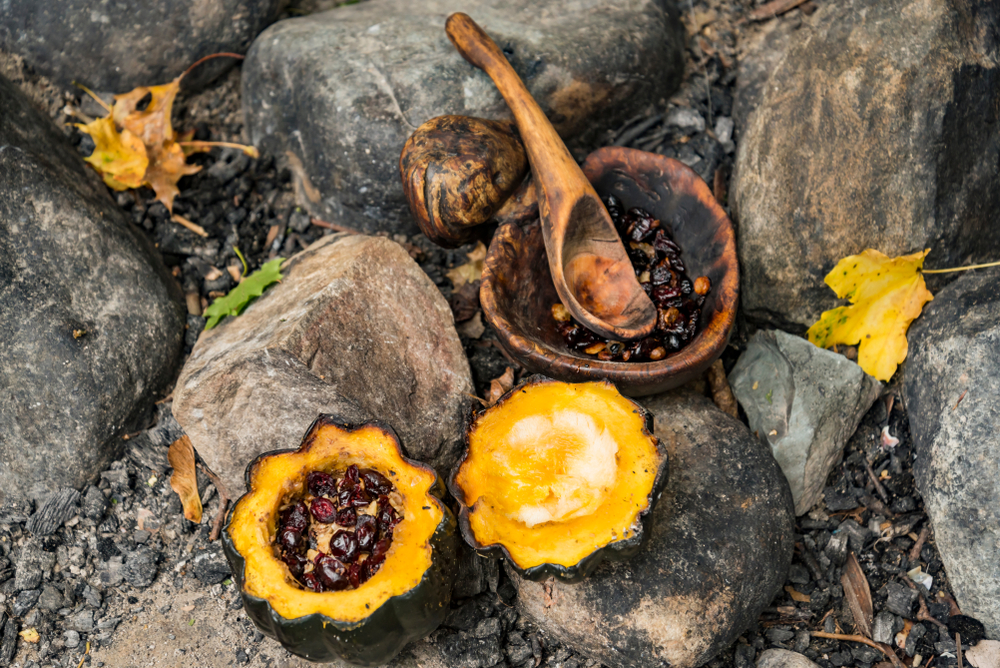
Enrico Della Pietra/Shutterstock
Traditional Native American foods — squash, cranberries and beans — near an outdoor firepit.
The partnership will also support the Indigenous Foods Hubs project, according to the BIE, which provides culturally based healthy nutrition education and boosts training for healthy and culturally appropriate food preparation.
“From our Food Hubs program to community growing efforts and new degree programs, BIE has increased agricultural education opportunities from early childhood to post-secondary,” Bureau of Indian Education Director Tony L. Dearman said in a press release.
The Indigenous food hubs were launched in 2022 by the BIE and the Department of Interior. Since its inception, it has been established in four BIE-operated schools.
[Related: Native Americans turn to charter schools to reclaim their kids’ education]
The hubs use Indigenous knowledge to develop holistic approaches to support Native Food Sovereignty movements, according to the BIE, which incorporates culture, social determinants of health, food, nutrition, land management, and regenerative agriculture.
“This partnership will build upon those efforts and support Indigenous agriculture, furthering our commitment to including Indigenous knowledge in the BIE curriculum and providing career pathways in agriculture,” Dearman stated.
***
Shondiin Silversmith is an award-winning Native journalist based on the Navajo Nation. Silversmith has covered Indigenous communities for more than 10 years, and covers Arizona’s 22 federally recognized sovereign tribal nations, as well as national and international Indigenous issues.
Arizona Mirror is part of States Newsroom, a nonprofit news network supported by grants and a coalition of donors as a 501c(3) public charity. Arizona Mirror maintains editorial independence.


